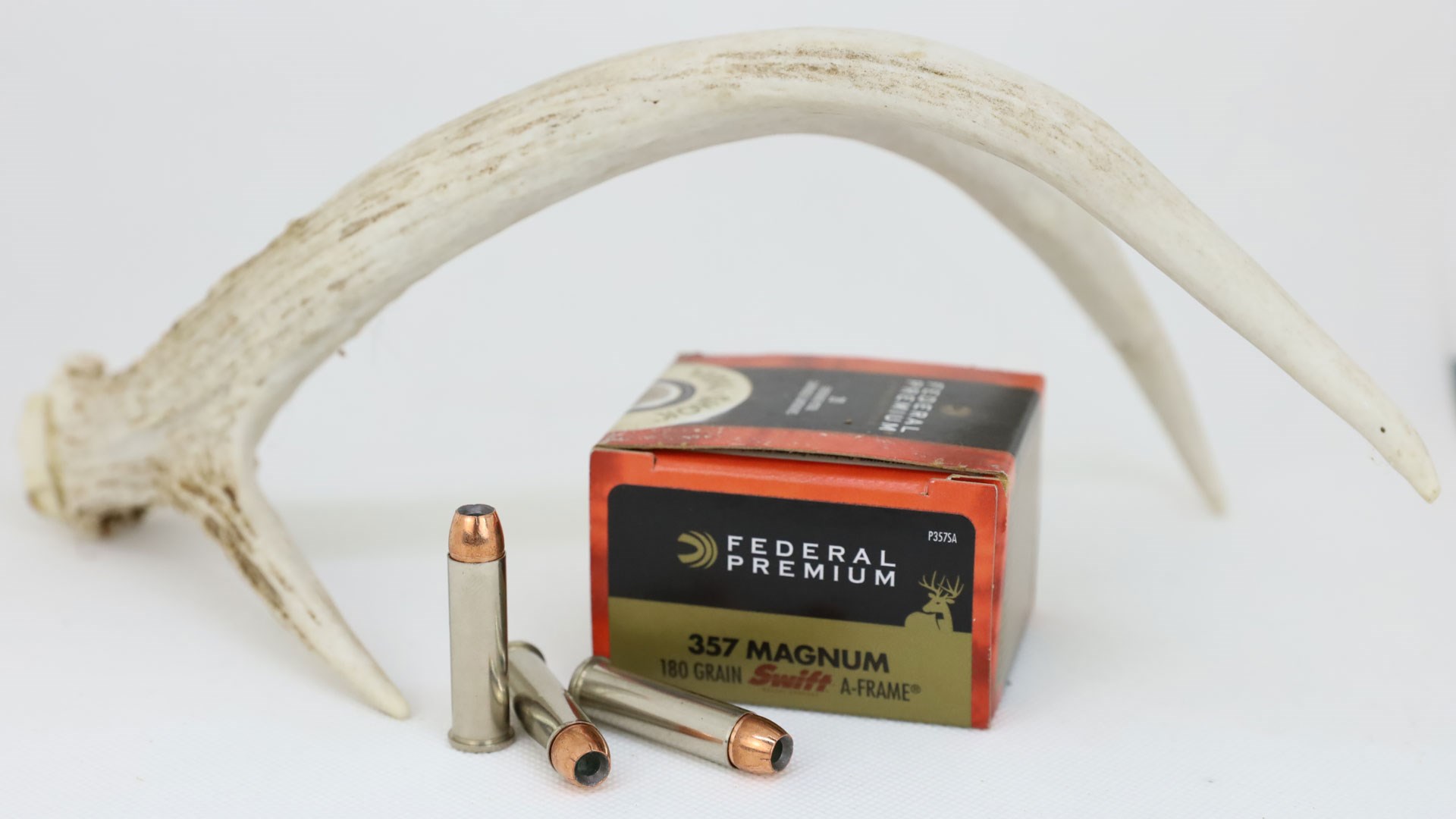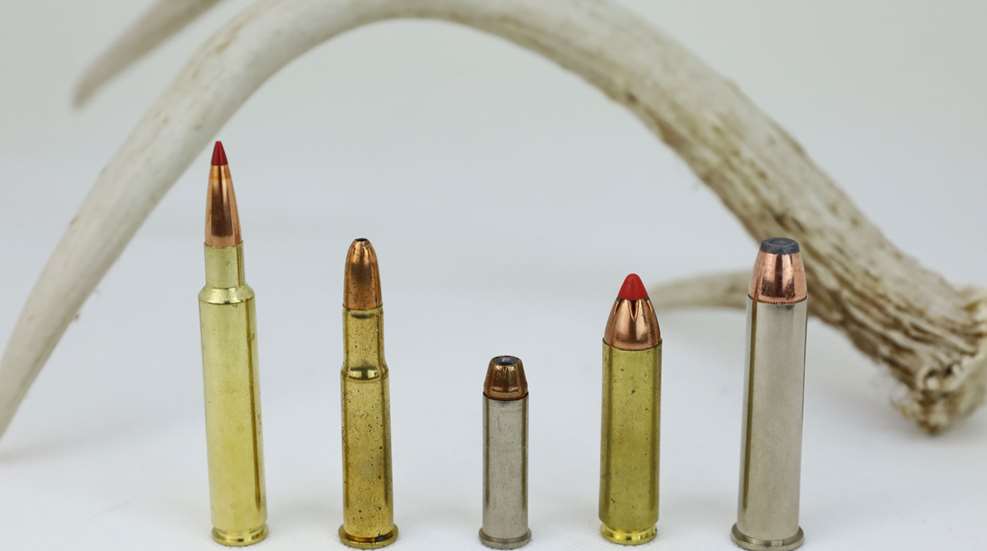
Over the past two decades, we’ve seen a significant increase in the number of hunting cartridge rifle offerings. Hornady’s 6.5 Creedmoor has certainly enjoyed a meteoric rise in popularity, and the company followed the launch of the 6.5 Creedmoor with the release of the 6mm Creedmoor, 6.5 PRC and .300 PRC, all of which appear to be winning the hearts of hunters and shooters based on the number of new rifle chambering options. Winchester’s new 350 Legend was designed to meet the needs of deer hunters in straight wall-only states, and that round has proven to be quite popular and effective. Members of Nosler’s new family of hunting cartridges, particularly the .28 Nosler, are gaining fans in areas that demand flat-shooting cartridges for big game.
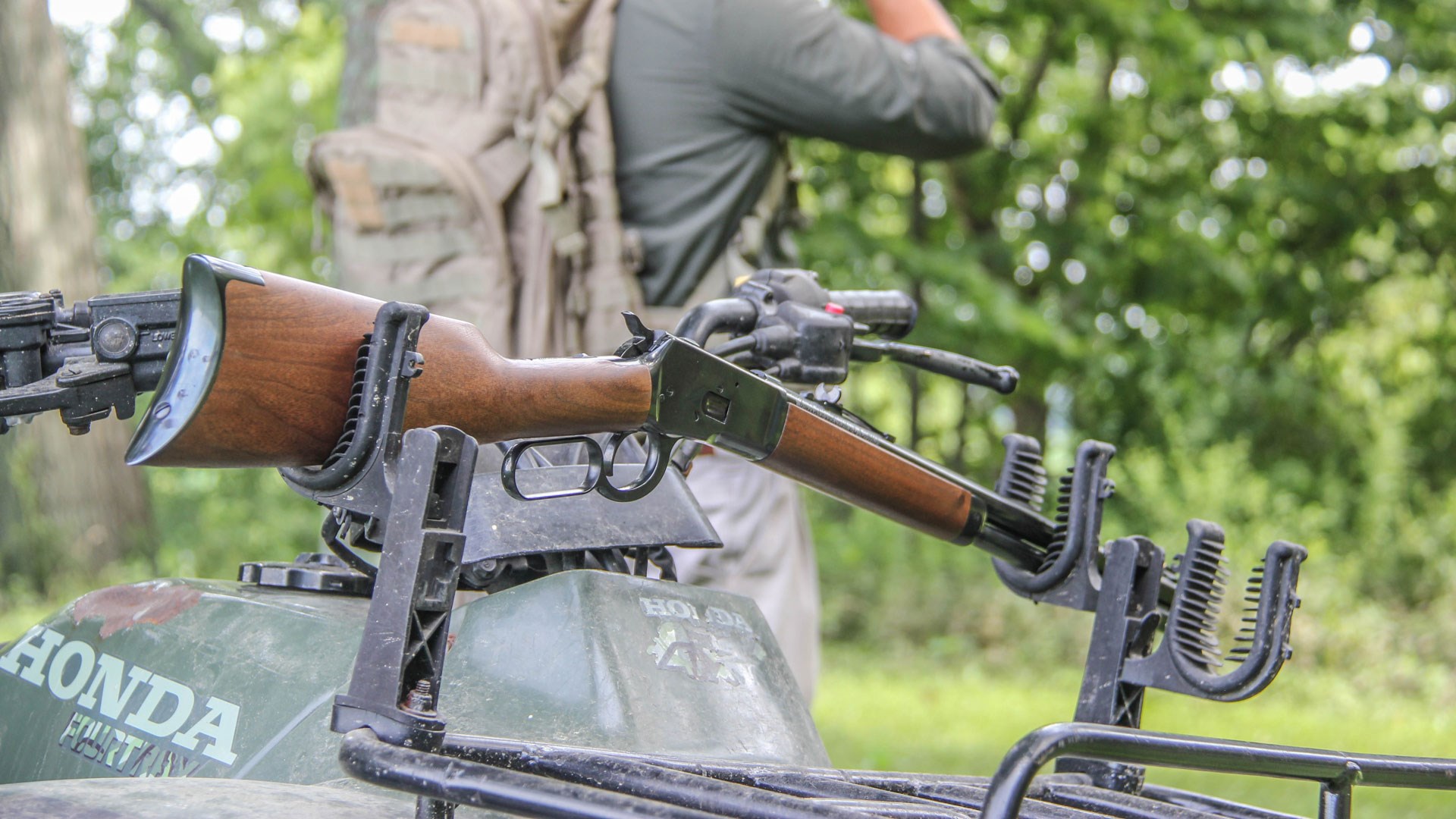
This new generation of deer hunting cartridges is seeing some serious competition from older rounds, though. There’s been a resurgence in the popularity of some old favorites, and recent changes to hunting laws have helped shine a light on some classic rounds that might otherwise have been ignored. Here’s a list of five hunting cartridges that are finally getting the appreciation they deserve.
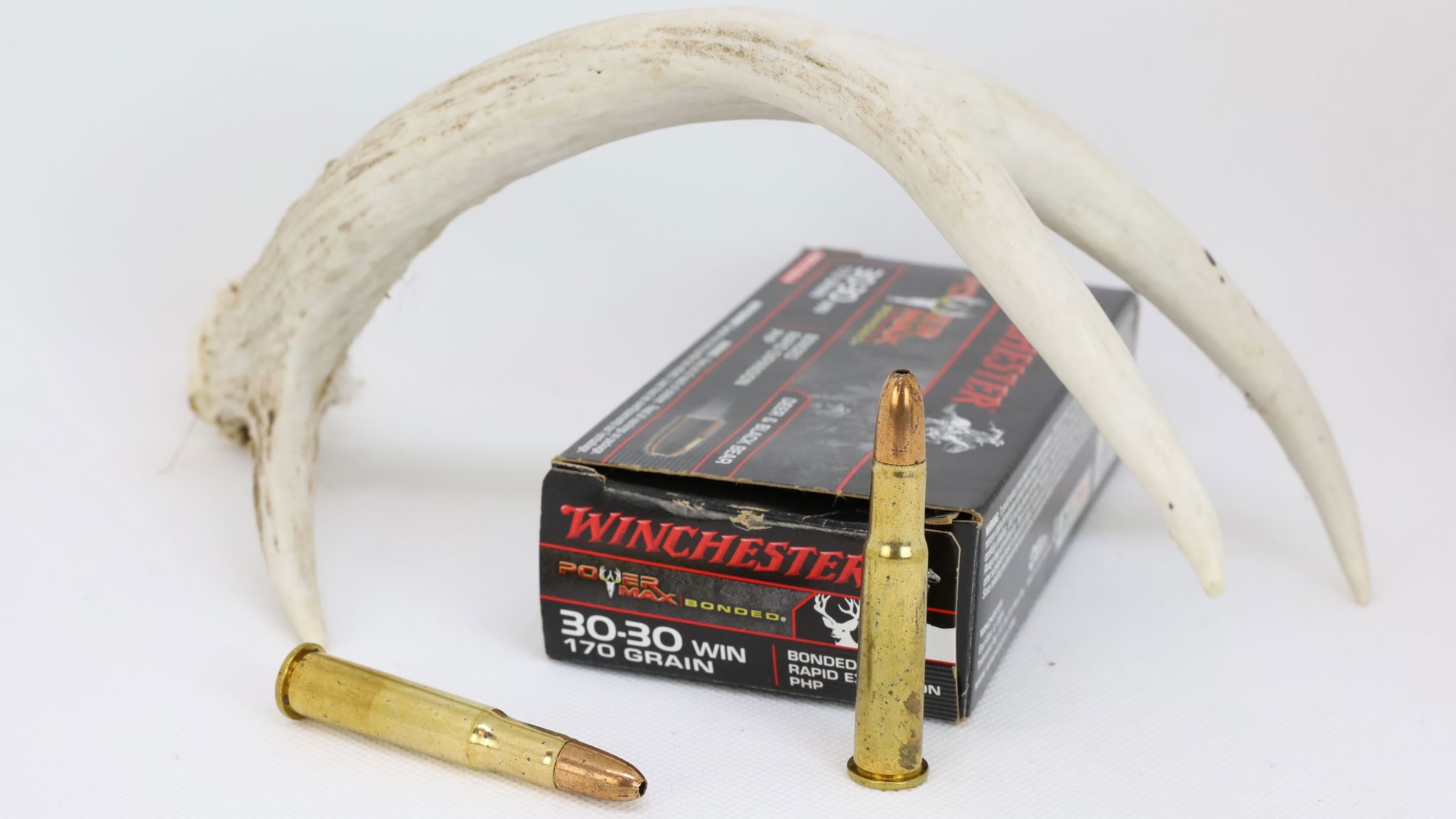
- .30-30 Winchester
The .30-30 Winchester has been around for 125 years, and while it’s hardly a modern cartridge in terms of its architecture and ballistics it remains a fan favorite among hunters. The .30-30 isn’t particularly sexy and therefore doesn’t get a great deal of press, but if sales numbers tell us anything this round remains one of the most popular cartridges on the market. For years the .30-30 has remained in the top 10 sellers for cartridge companies, and when the recent pandemic saw store shelves being sold out nationwide .30-30 ammunition was, to the surprise of many, one of the first rounds to disappear. .30-30 ballistics aren’t mind-boggling—with a 160-grain bullet it’ll make 2,400 feet per second at the muzzle and generate about a ton of energy, which is roughly the same amount of energy a .270 Winchester bullet is carrying at 300 yards. But the .30-30 is a mild-recoiling cartridge that is well-suited for hunting at moderate ranges and it’s chambered in light, handy lever-action rifles. The ballistics may not be all that impressive, but the .30-30 is a deer killing machine.
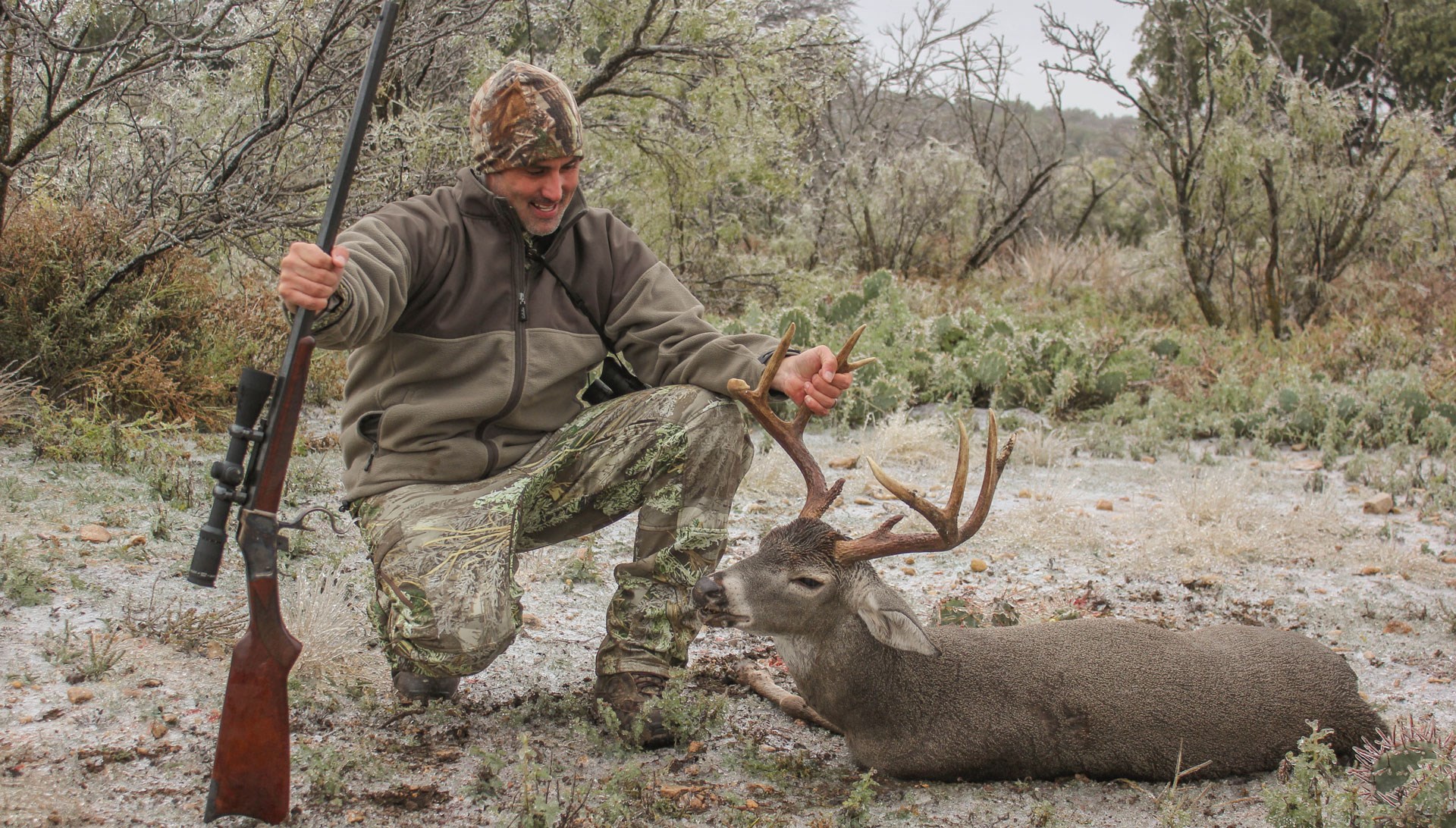
- .45-70 Government
The .45-70 Government had been in production when the .30-30 debuted, which means it’s pushing 150 years old. By modern ballistic standards it’s a dinosaur: the .45-70 fires a 300-grain bullet between 1800 and 1900 fps. So loaded the .45-70, when sighted in at 100 yards, drops a foot by 200 yards. Ballistics don’t tell the whole story, though, because the .45-70, with its slow-moving, heavy bullet, provides ample stopping power without much meat damage. Recoil is stiff but not unmanageable, more of a push than a shove, and for whitetails at moderate ranges a .45-70 with a good bullet kills deer as efficiently and quickly as any cartridge developed in the century and a half since its inception. I used a .45-70 in Texas while rattling for bucks during the rut and it was an ideal round, dropping the deer instantly at ranges under 100 yards without excessive bullet expansion and meat destruction.

- .280 Ackley Improved
P.O. Ackley liked to fiddle with standard cartridge designs to improve performance, and while handloaders have appreciated his designs for decades, it wasn’t until the .280 Ackley Improved went mainstream that Ackley became a household name. By changing the body taper and shoulder angle of the .280 Remington, which was already a good cartridge in its own right, Ackley created a cartridge that performed like the 7mm Rem. Mag. with far less recoil and muzzle blast. What’s more, the Ackley design allows shooters to use .280 Remington ammo in a pinch, and doing so fireforms the brass to the .280 AI chamber. I’m one of the many hunters that have become .280 AI devotees over the last several years, and now that Nosler and Hornady offer ammo and Kimber, Christensen Arms, Savage, and other manufacturers offer factory rifles it appears the .280 AI is here to stay, which is good news for hunters. And while it’s darn near the perfect open country deer cartridge the .280 AI is also a very good option for hunting larger game like elk and black bear.
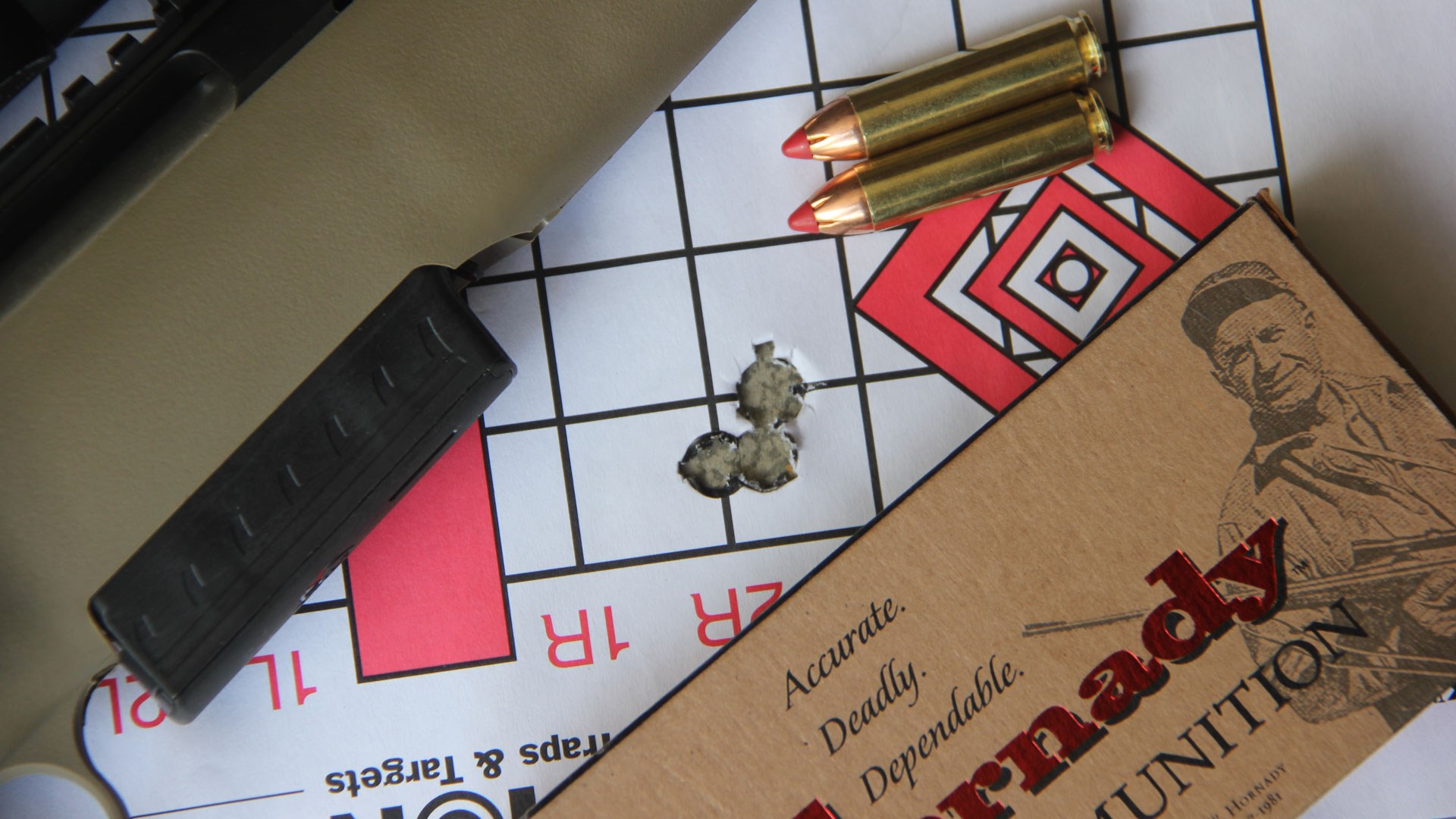
- .450 Bushmaster
The .450 Bushmaster is a big-bore cartridge capable of functioning in AR-15 rifle platforms to offer ample stopping power out to 250 yards. When firing a 250-grain Hornady FTX bullet at 2200 fps from the muzzle, the Bushmaster carries almost 1,300 ft.-lbs. of energy at 200 yards. What’s more, it offers a flatter trajectory than some of the other rounds listed here: with the FTX bullet, the Bushmaster strikes just 4 inches high at 100 yards when zeroed at 200 yards. What’s more, to convert your AR-15 5.56 to .450 Bushmaster you’ll simple need a new upper and magazine instead of purchasing a brand-new rifle. If you prefer to hunt with a bolt gun there are plenty of .450 Bushmaster options including Mossberg’s Patriot, Ruger’s American Rifle and Christensen Arms’ Mesa. If you want performance rivaling the .45-70 from an AR or turnbolt rifle the Bushmaster is your best option.
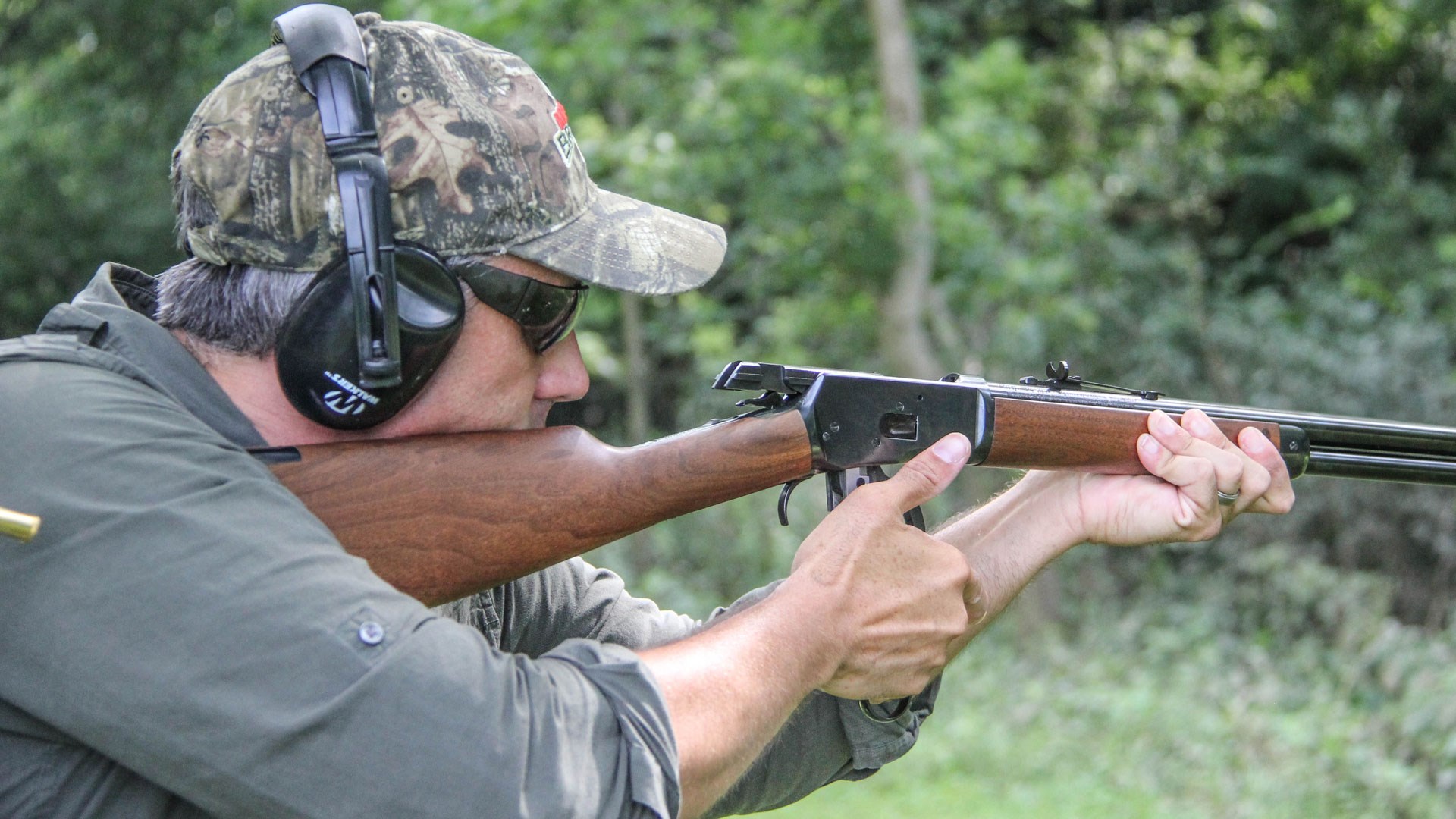
- .357 Magnum
The .357 Magnum certainly isn’t a powerhouse, but it’s gaining some attention as a rifle cartridge for close range deer hunting. New loads like Federal’s HammerDown, which is designed to function in lever-action rifles, push 170-grain .357 Magnum bullets over 1610 fps and generate almost 1,000 ft.-lbs. of energy at the muzzle. Handy .357 lever rifles like the Marlin 1894 and Winchester 1892 generate very mild recoil, yet they’re compact enough to maneuver in a ground blind or treestand. For shots on deer at to 100 yards or so, the .357 Magnum is a fine choice, especially for young or small-statured hunters who aren’t ready for the pushback generated by a .45-caliber bullet. If you hunt in thick brush or like to rattle bucks in close a lever gun in .357 Magnum makes perfect sense, generating enough energy for a clean kill without a lot of recoil, muzzle blast or meat damage.
